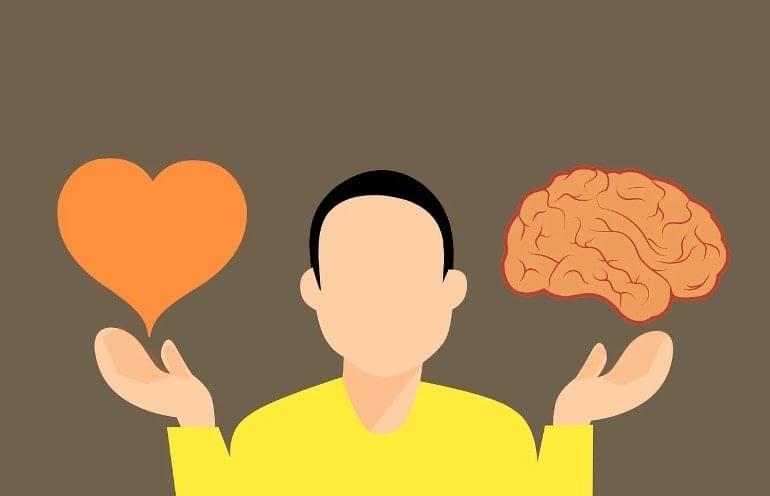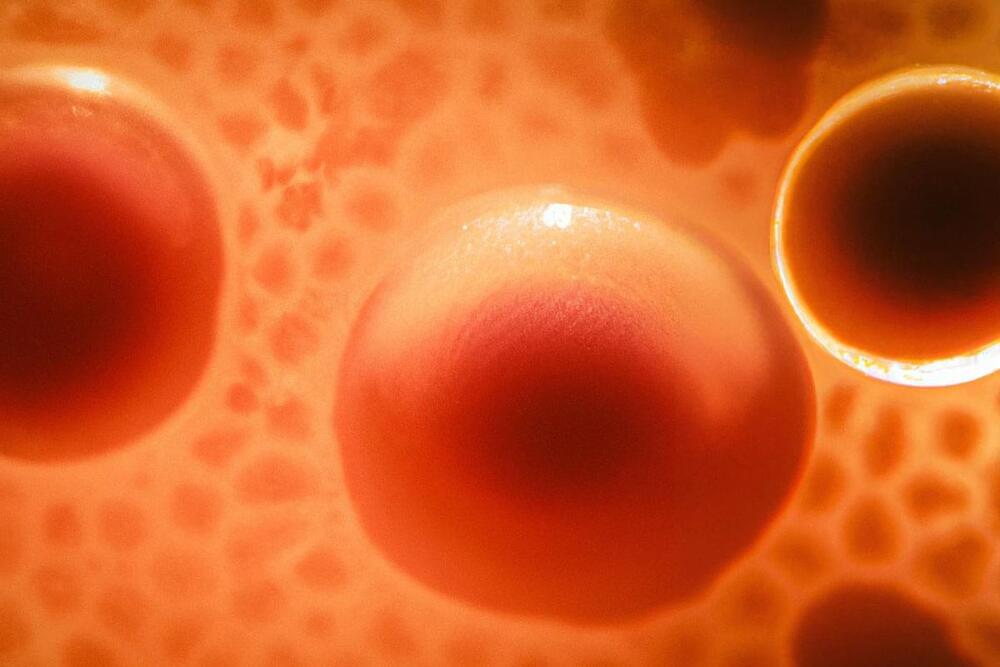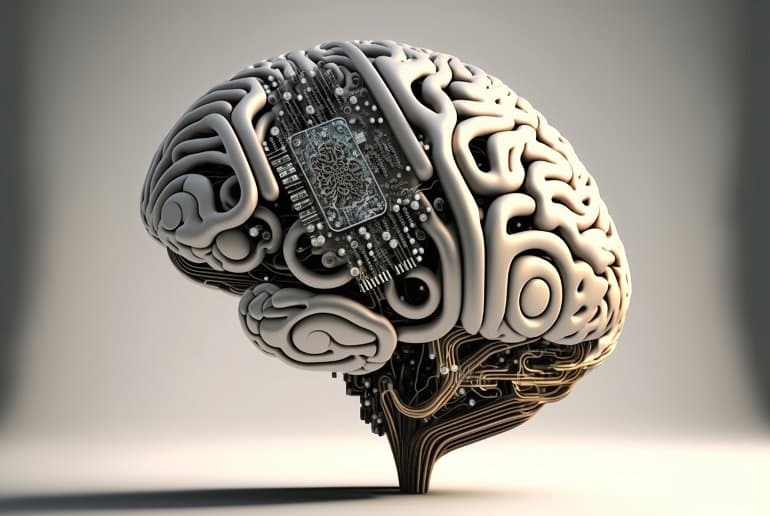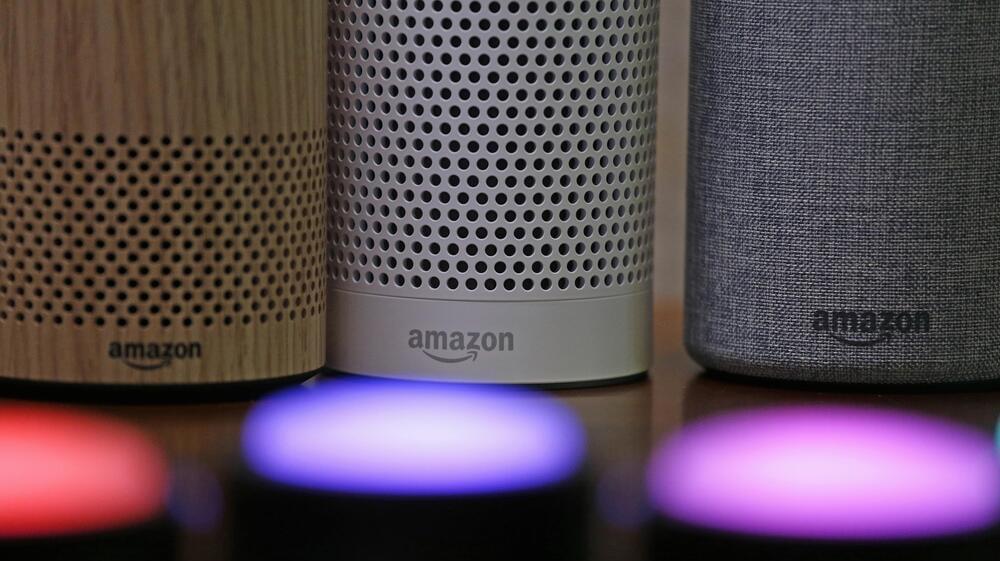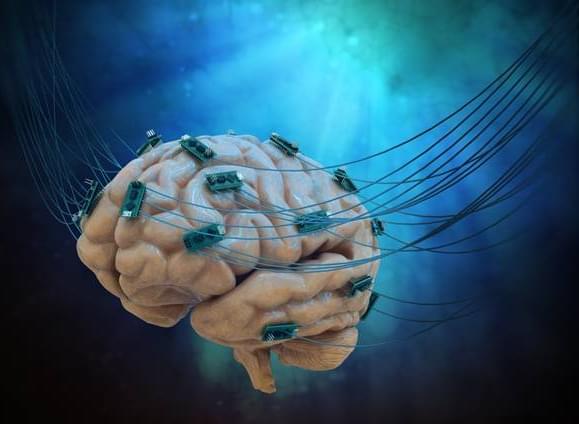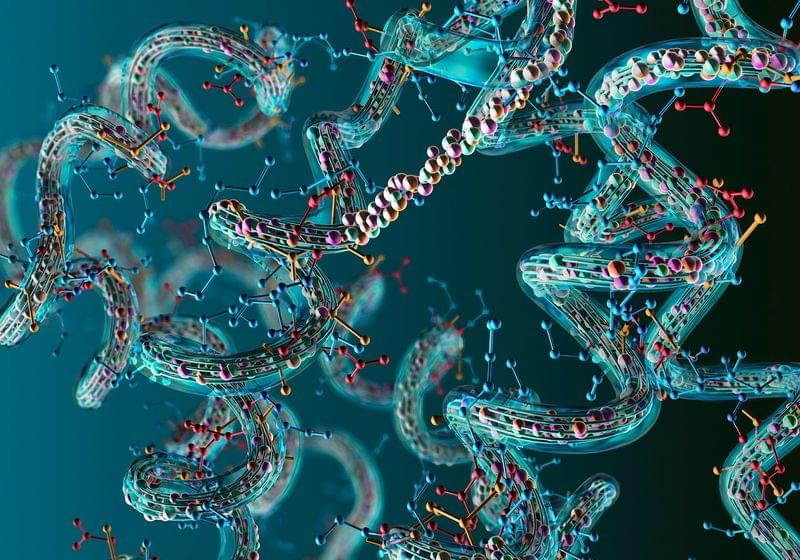
ABOVE: © ISTOCK.COM, CHRISTOPH BURGSTEDT
Artificial intelligence algorithms have had a meteoric impact on protein structure, such as when DeepMind’s AlphaFold2 predicted the structures of 200 million proteins. Now, David Baker and his team of biochemists at the University of Washington have taken protein-folding AI a step further. In a Nature publication from February 22, they outlined how they used AI to design tailor-made, functional proteins that they could synthesize and produce in live cells, creating new opportunities for protein engineering. Ali Madani, founder and CEO of Profluent, a company that uses other AI technology to design proteins, says this study “went the distance” in protein design and remarks that we’re now witnessing “the burgeoning of a new field.”
Proteins are made up of different combinations of amino acids linked together in folded chains, producing a boundless variety of 3D shapes. Predicting a protein’s 3D structure based on its sequence alone is an impossible task for the human mind, owing to numerous factors that govern protein folding, such as the sequence and length of the biomolecule’s amino acids, how it interacts with other molecules, and the sugars added to its surface. Instead, scientists have determined protein structure for decades using experimental techniques such as X-ray crystallography, which can resolve protein folds in atomic detail by diffracting X-rays through crystallized protein. But such methods are expensive, time-consuming, and depend on skillful execution. Still, scientists using these techniques have managed to resolve thousands of protein structures, creating a wealth of data that could then be used to train AI algorithms to determine the structures of other proteins. DeepMind famously demonstrated that machine learning could predict a protein’s structure from its amino acid sequence with the AlphaFold system and then improved its accuracy by training AlphaFold2 on 170,000 protein structures.
